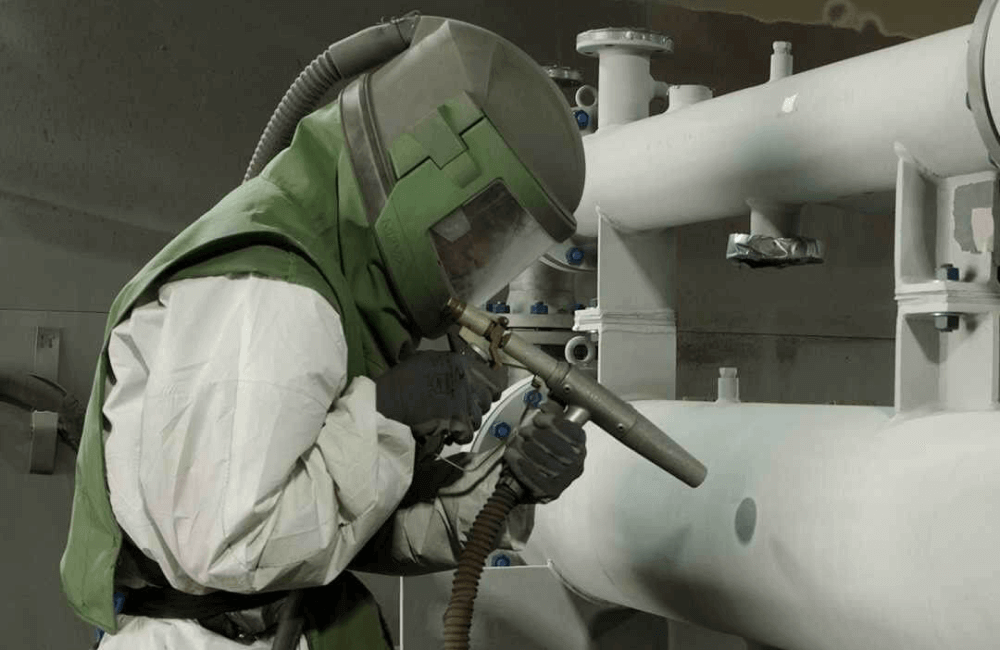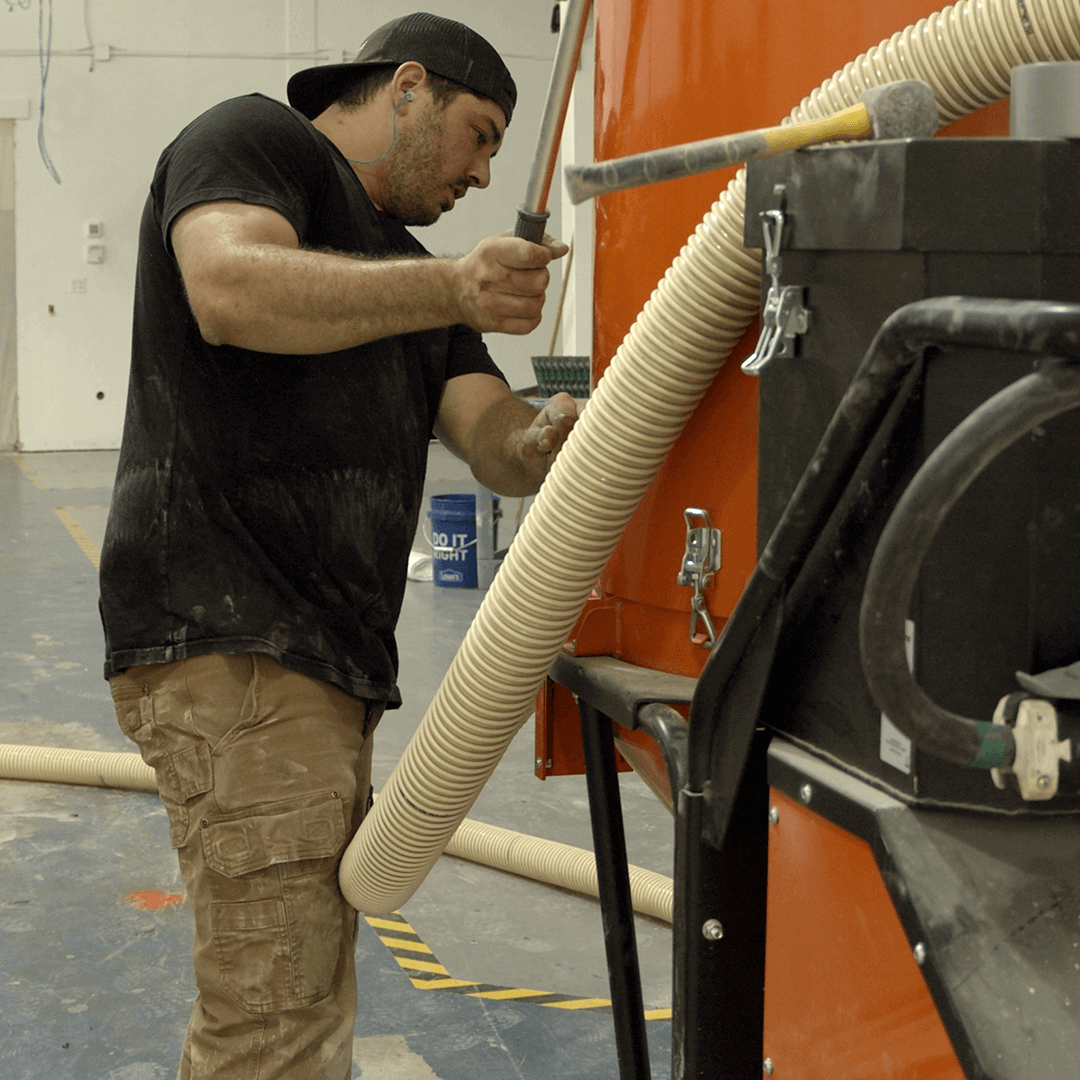PCA Articles

Safety as a Competitive Advantage
Even though research shows that at least 99% of accidents and fatalities can be prevented in the workplace, employee hazards are still a high concern in the trades. Employers are responsible for maintaining a safe and healthy workplace. However, just a couple of safety classes are not enough. Safety must be a top priority and reinforced on a daily basis. In our third episode of Business Anatomy, Alpine Painting gave PCA an unprecedented look into their safety culture and how they go beyond regulations to protect their people and gain the competitive advantage on their competition.
Starting with crucial background checks and blood-lead testing, Alpine Painting evaluates candidates during the interview process so that they know how much previous exposure he or she may have had at other companies. Safety is then weaved in throughout onboarding, and it is common for a new hire to spend several weeks in the shop mastering the basics before they even set foot on a professional job site.

“Safety isn’t just a word we use,” said Dave Scaturro, Vice President of Alpine Painting, “This is a practice any company can employ, but it has to start on day one.” One reason behind the in-depth training is because Alpine Painting does unique commercial and industrial work, such as water towers, which requires crew members to often be hundreds of feet in the air.
Even before a project is awarded, Alpine factors many safety protocols into account during the estimate. Logistics such as, making sure the scaffolding is set up properly, fall protection is taken into account, or what PPE is necessary in order for everyone to be safe working on the job site.
After they have secured the job, project managers break down the scope of work identifying additional safety concerns. From there, Alpine’s Environmental Safety and Quality Manager will develop a job hazard analysis, which examines each step of the job identifying potential hazards and putting protocols in place. The job hazard analysis is continually referenced when the Environmental Safety and Quality Manager visits the job site.
Alpine Painting uses a software called TruQC, which allows the safety manager to take pictures, make notes on the, and send it back to the office and client immediately while on the job site. According to Sam Scaturro, President at Alpine Painting, clients have a sense of security in seeing safety addressed in real time. “They love seeing things like this, because we are out there auditing ourselves and making corrections. It helps us get a lot more work moving forward.”
While not every painting company can have an Environmental Safety and Quality Manager on staff or invest in sophisticated software, Sam recommends starting with your insurance company. Another tip contractors can immediately implement is what Alpine calls Tool Box Training. Every day the foreman on the job discusses the problems and potential hazards the crew may run into that day. “We’re going to be talking about it throughout the day. So, as the job progresses, we’re constantly analyzing to see if we are hitting the mark with our safety, quality, and productivity,” said Ben Scaturro, Vice President at Alpine Painting.
Last but not least, Alpine Painting uses safety as a competitive advantage to provide their clients an additional reason to trust them, resulting in more work. “What makes us unique is the type of projects we take on,” said Dave. “We are never one to shy away from a job. Some of the most difficult projects are the most safety-intense projects.”
According to Sam, “These are the types of customers and companies that are willing to pay more for that level of safety and quality on the job. It actually becomes a value proposition for us. We are going out and finding customers that care about quality and safety. It works out better for us because we can actually do less work and make the same amount of profit by having a better trained crew, more engaged management, and just a better all-around company.”
There are many resources to assist your painting company in developing action plans and safety training for your crew. It all starts with the first step and setting high goals.
Additional Resources
Watch the full Business Anatomy Episode on PCA Overdrive
Safety Templates and Guidelines
OSHA Book (English)
OSHA Book (Spanish)
Trade Best Practice Series
Serie de Mejores Prácticas Profesionales